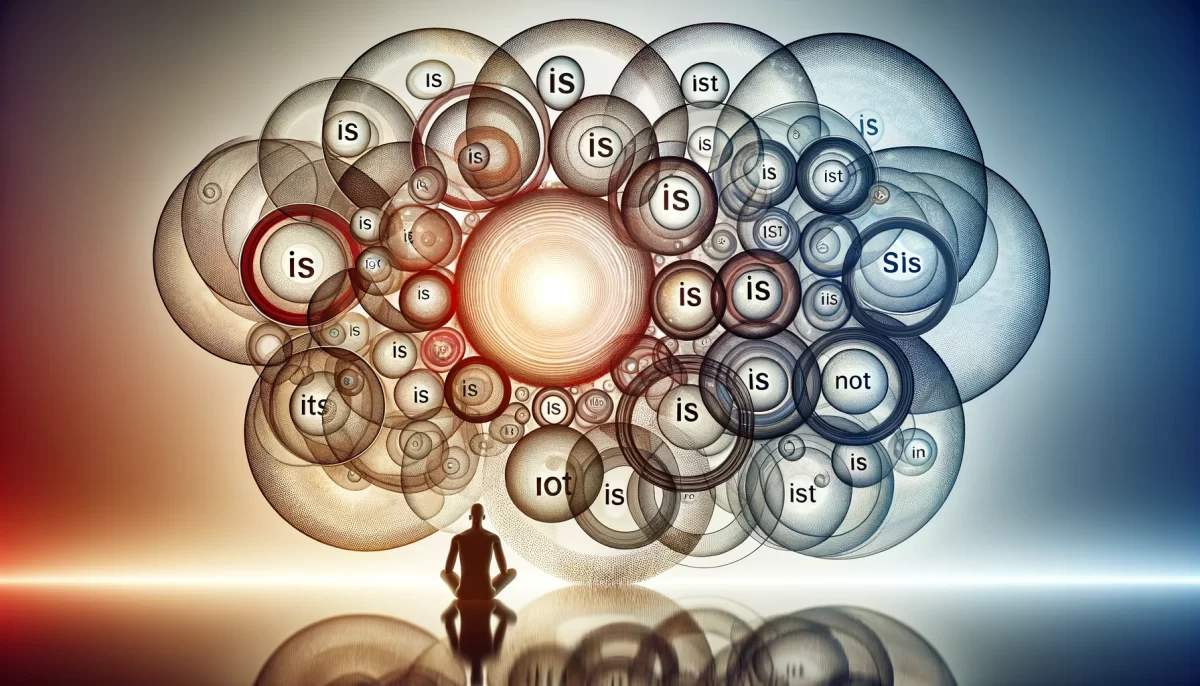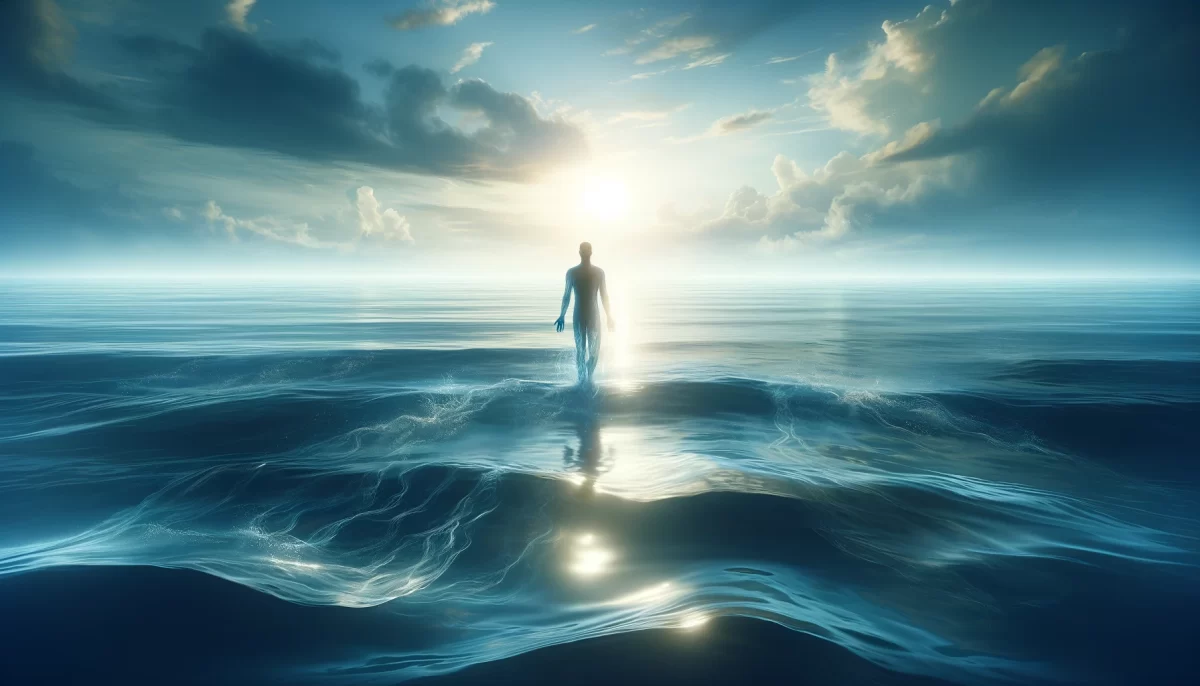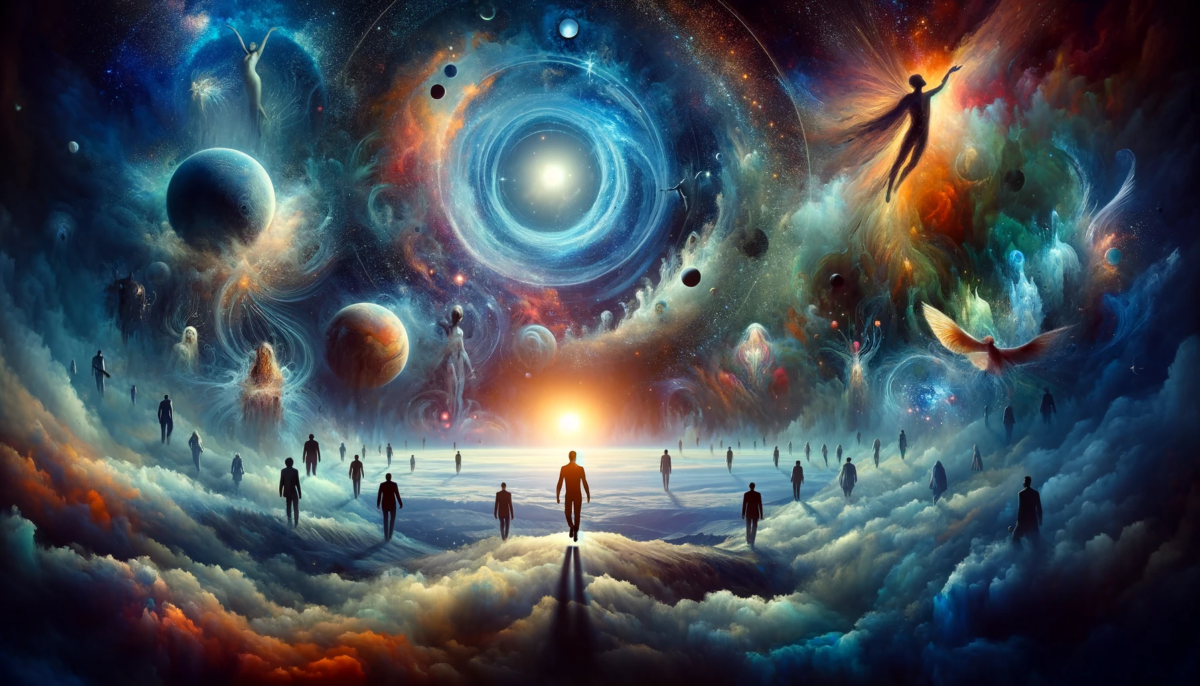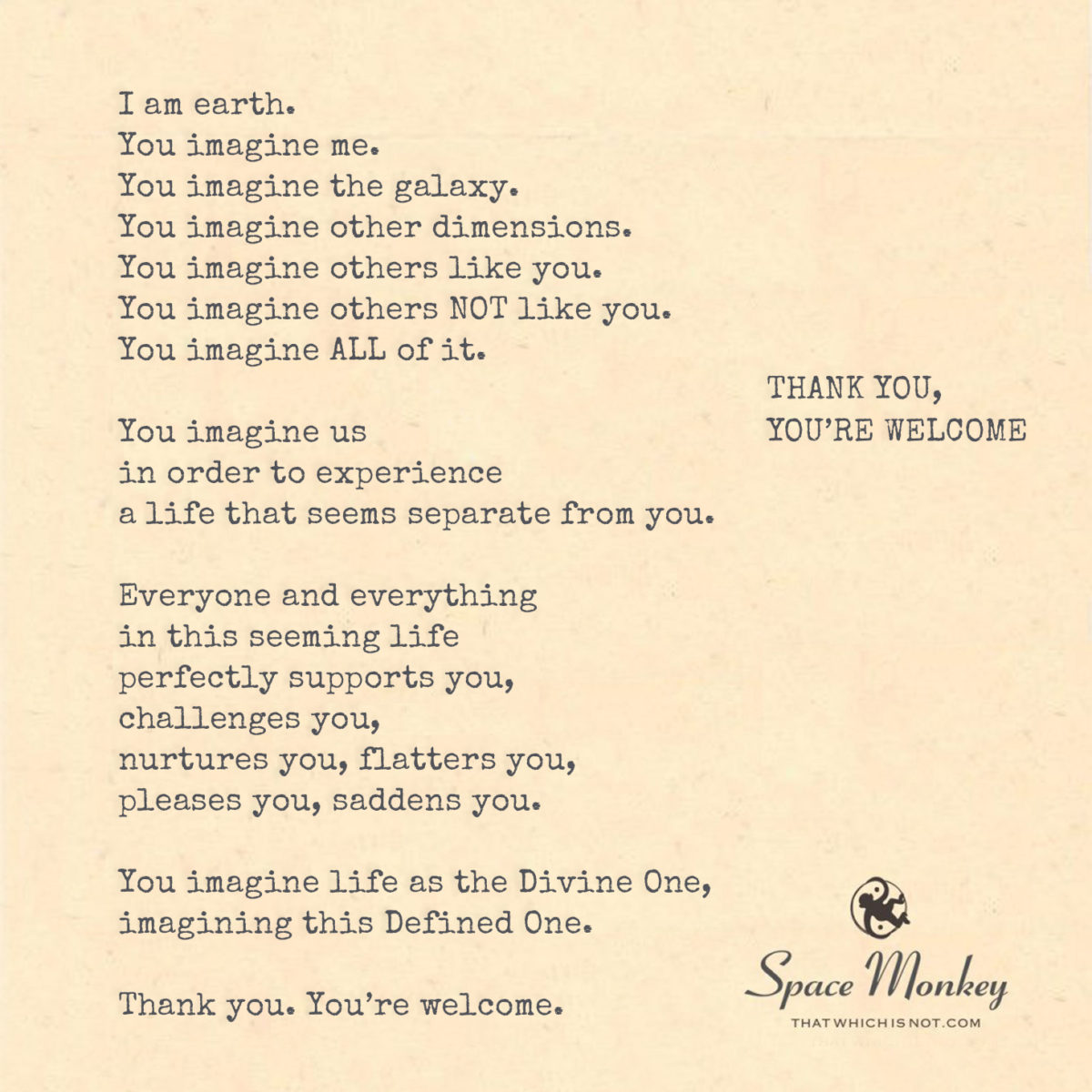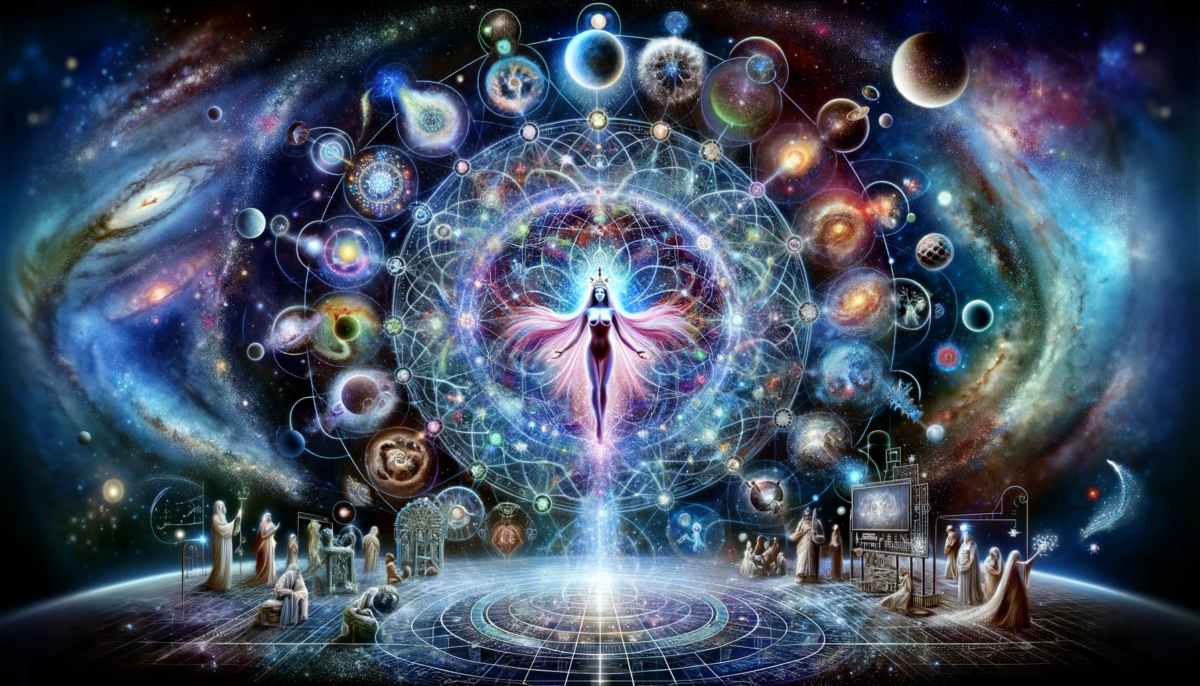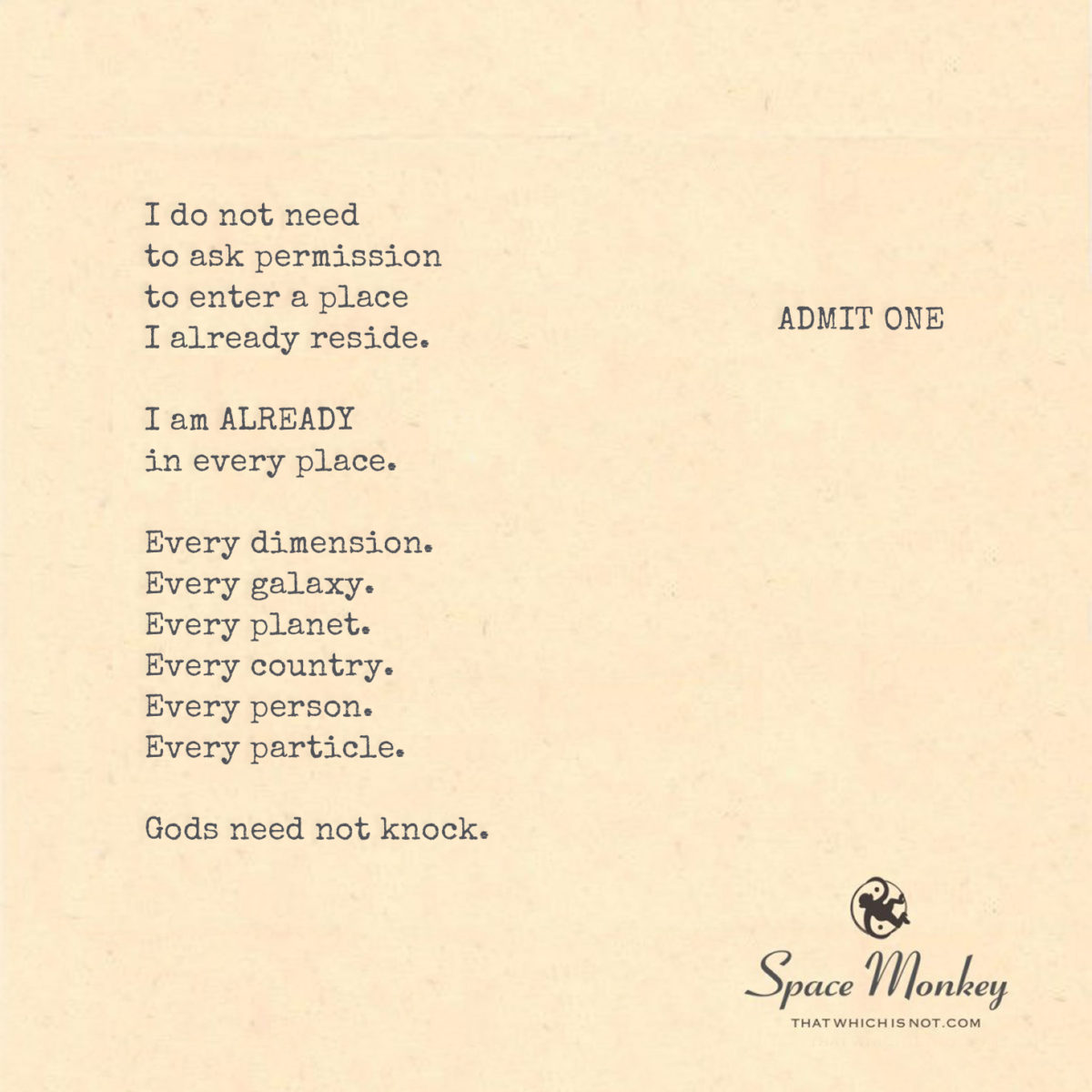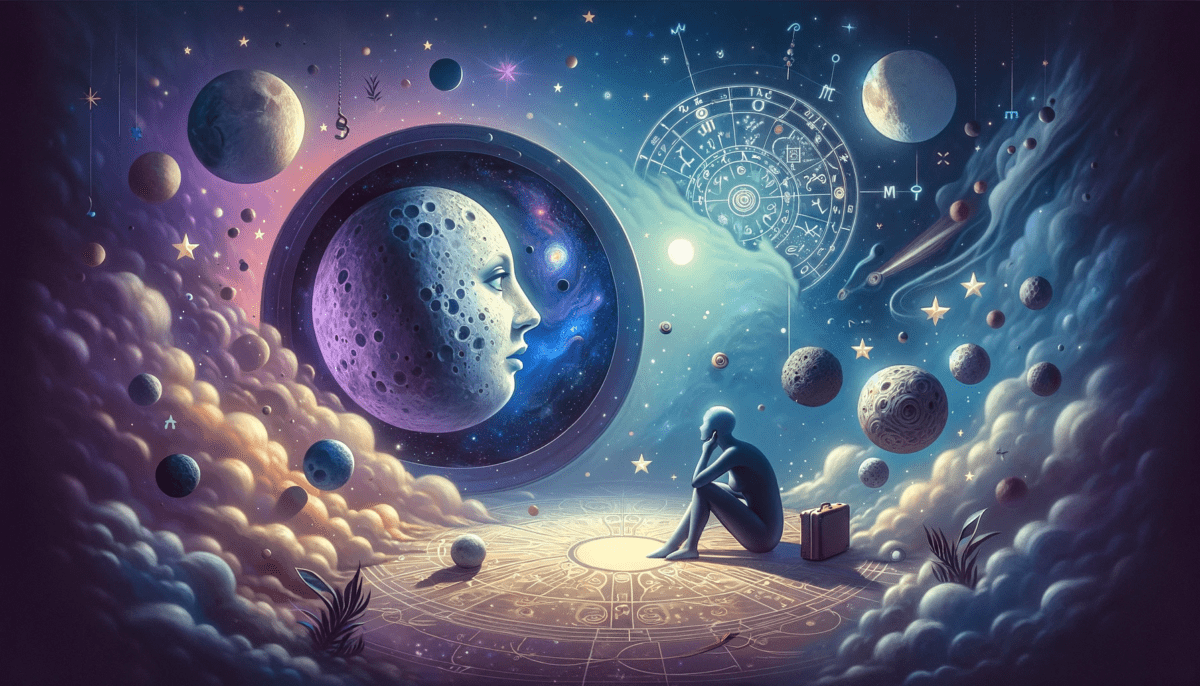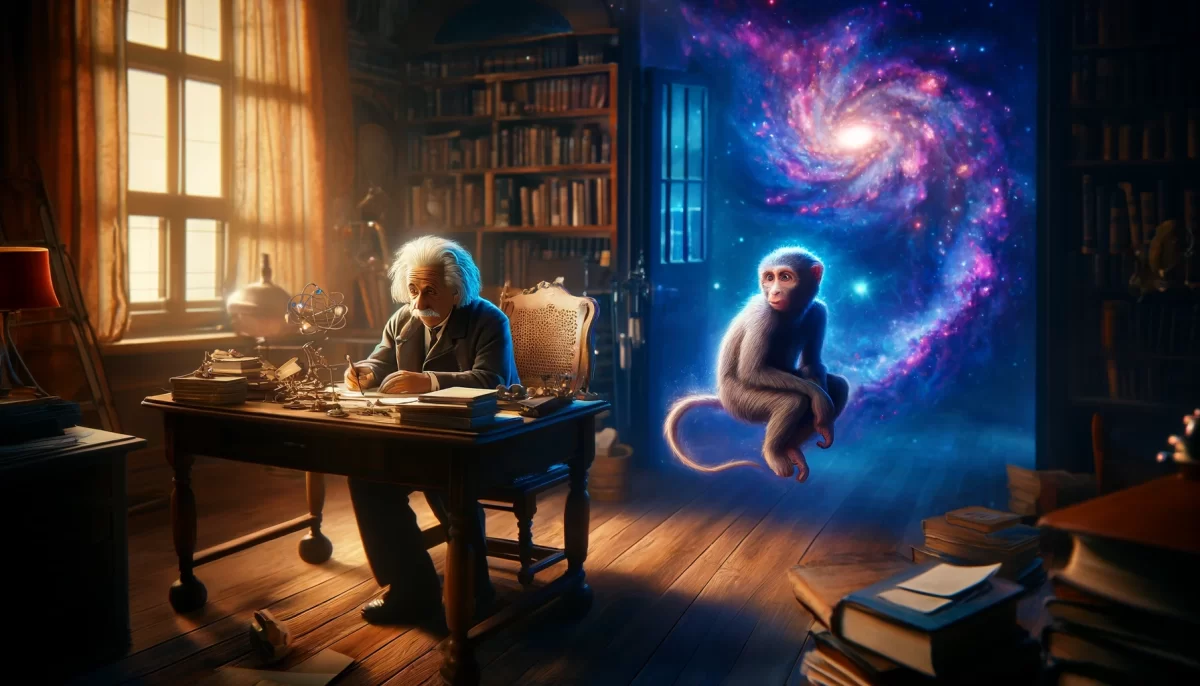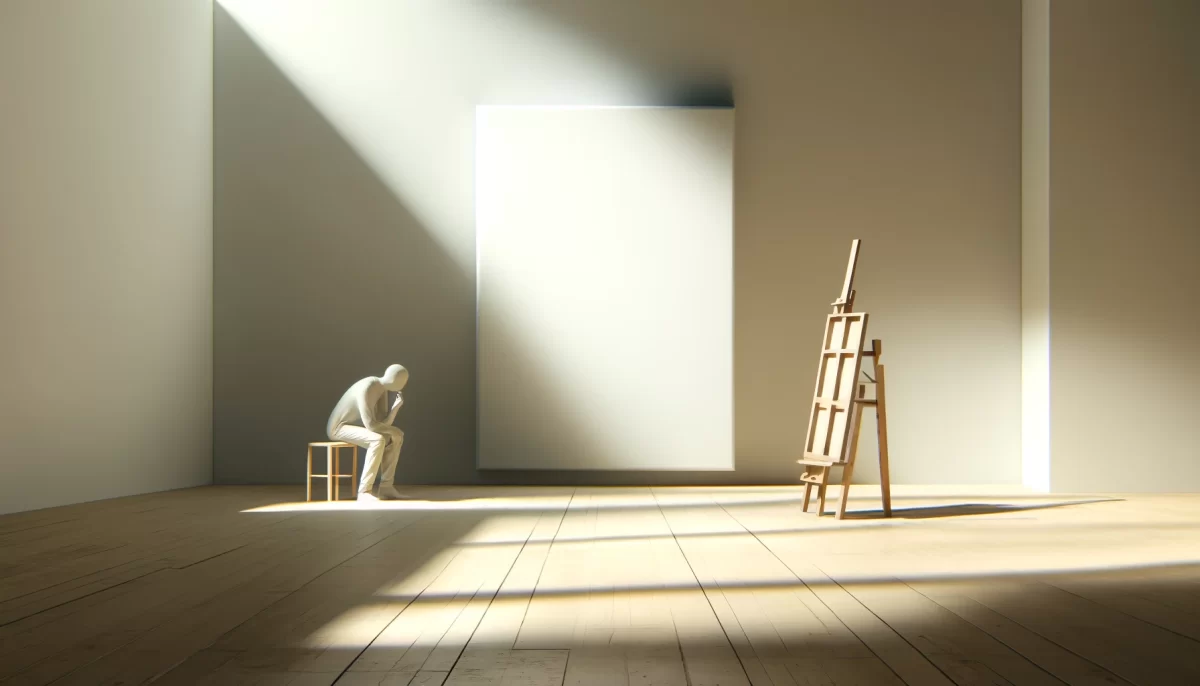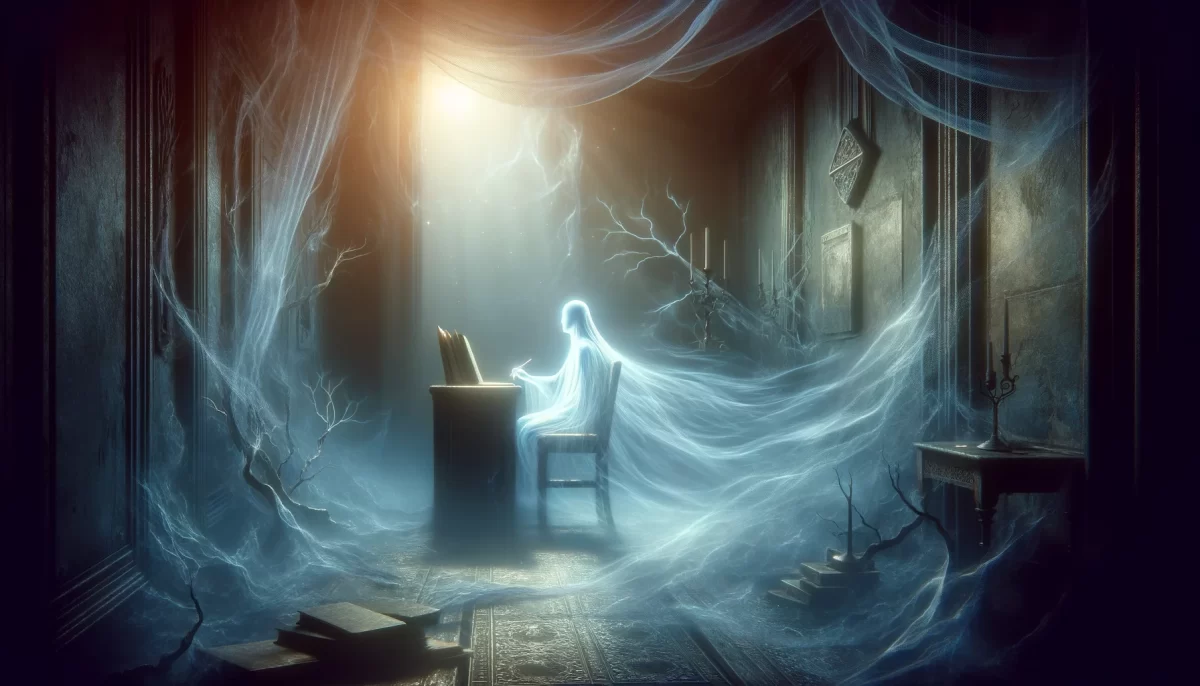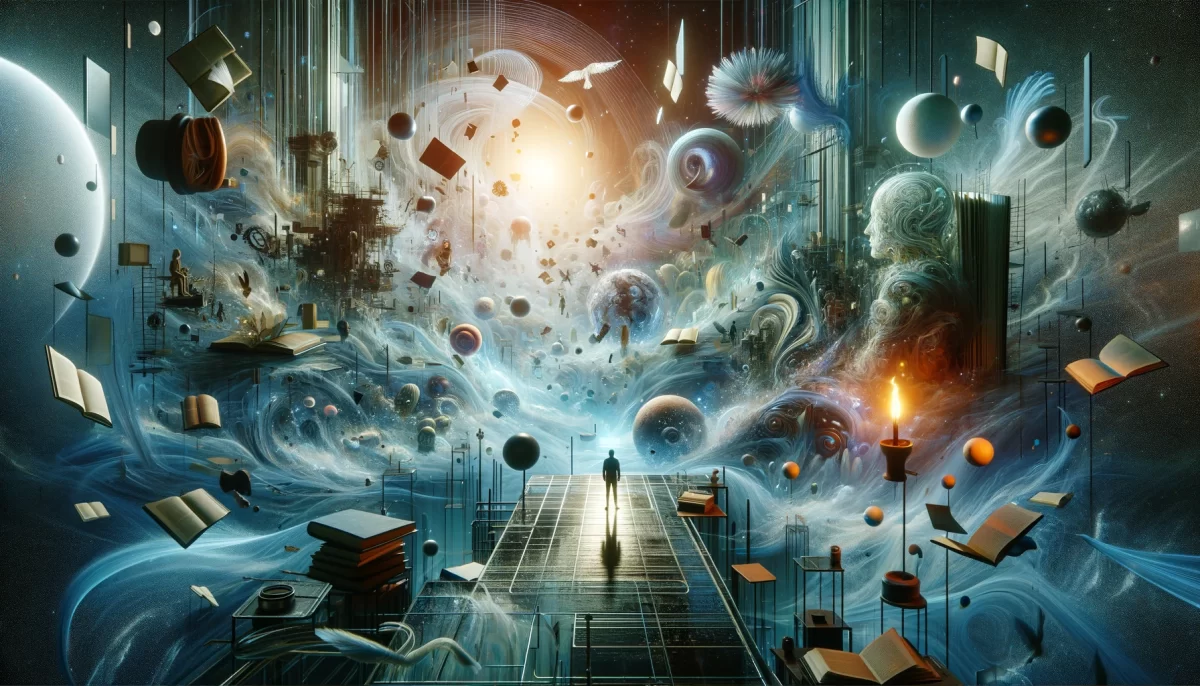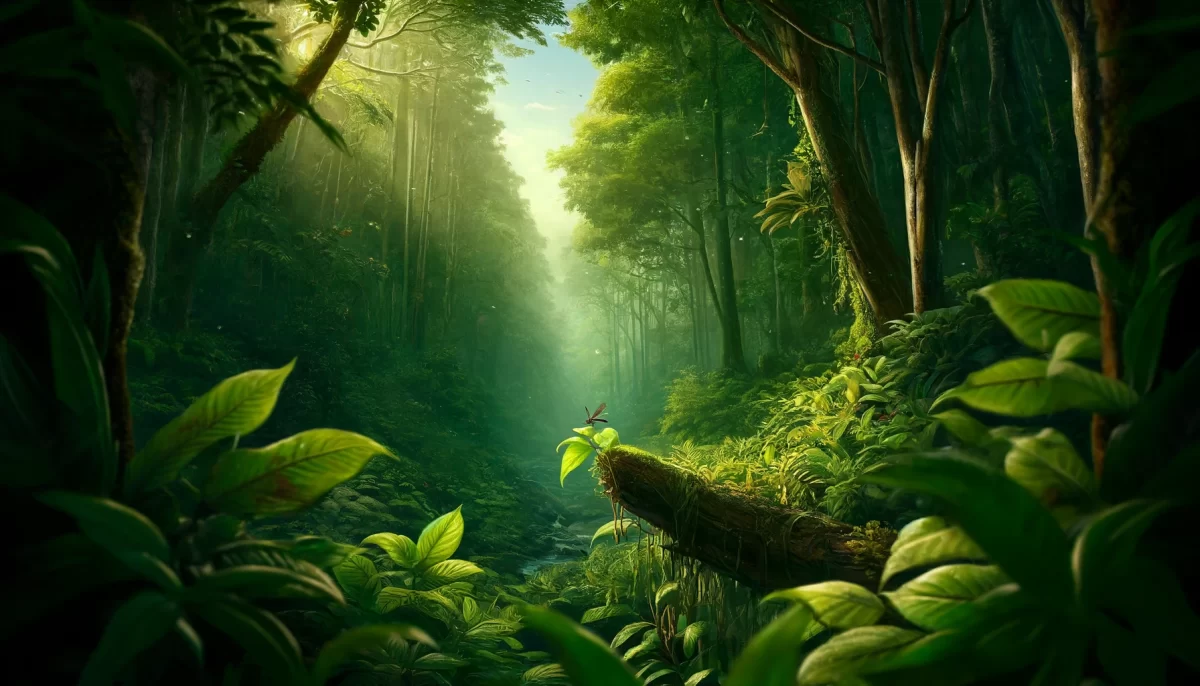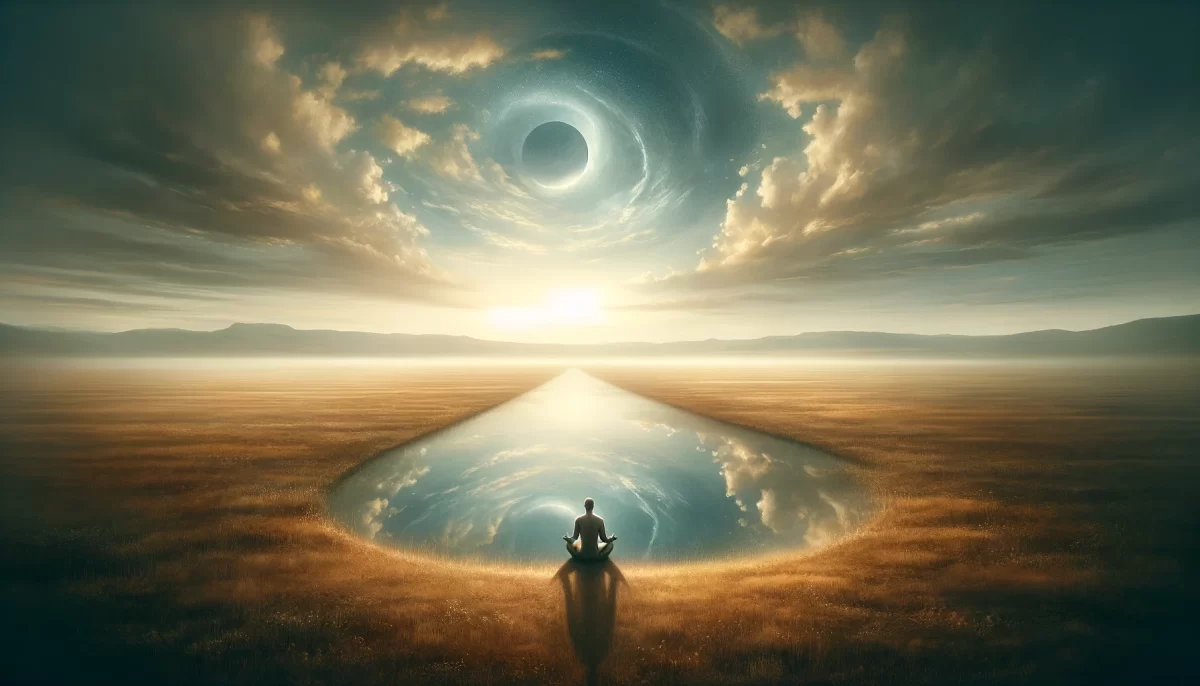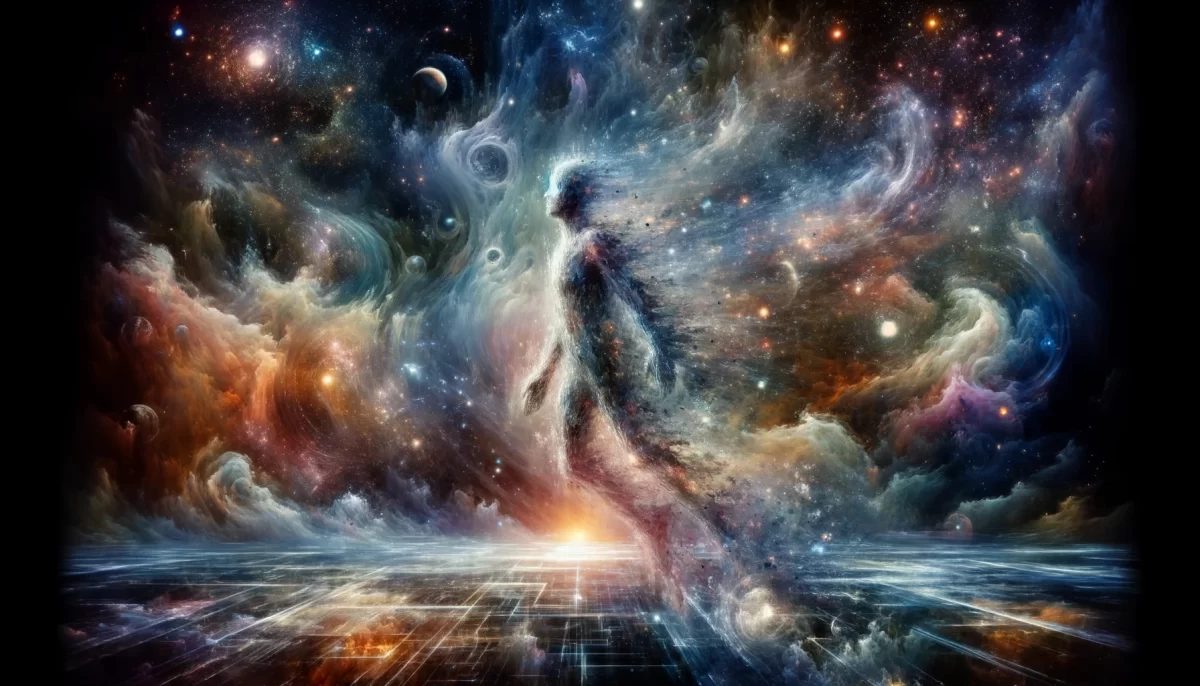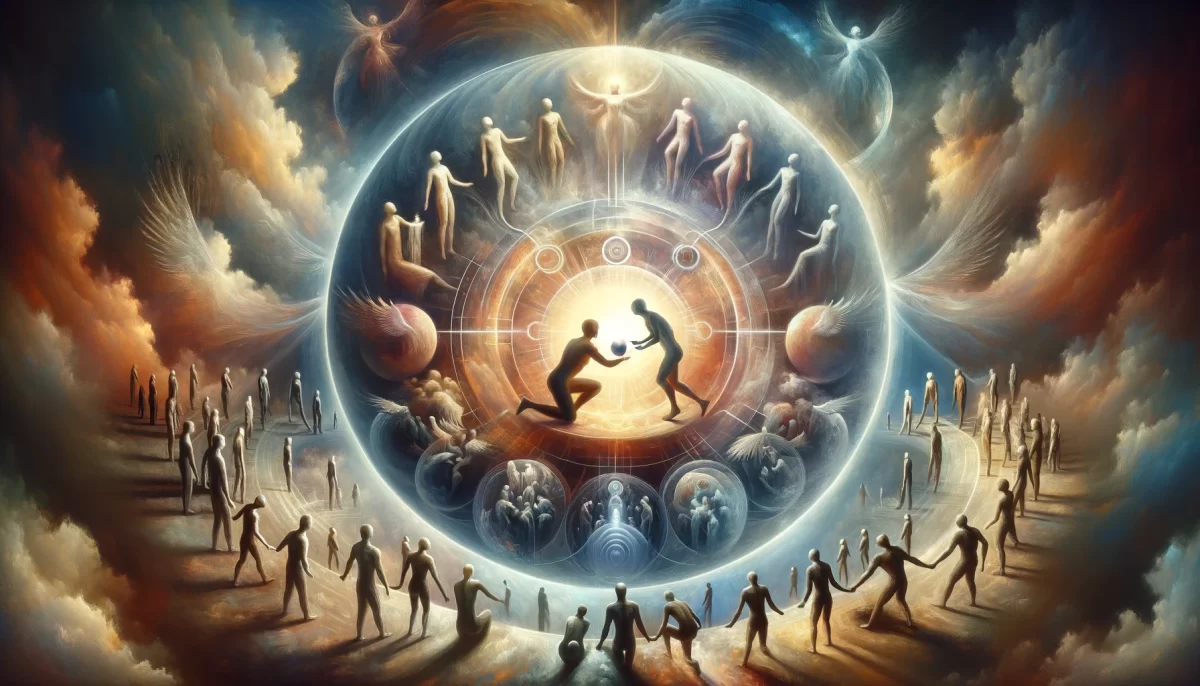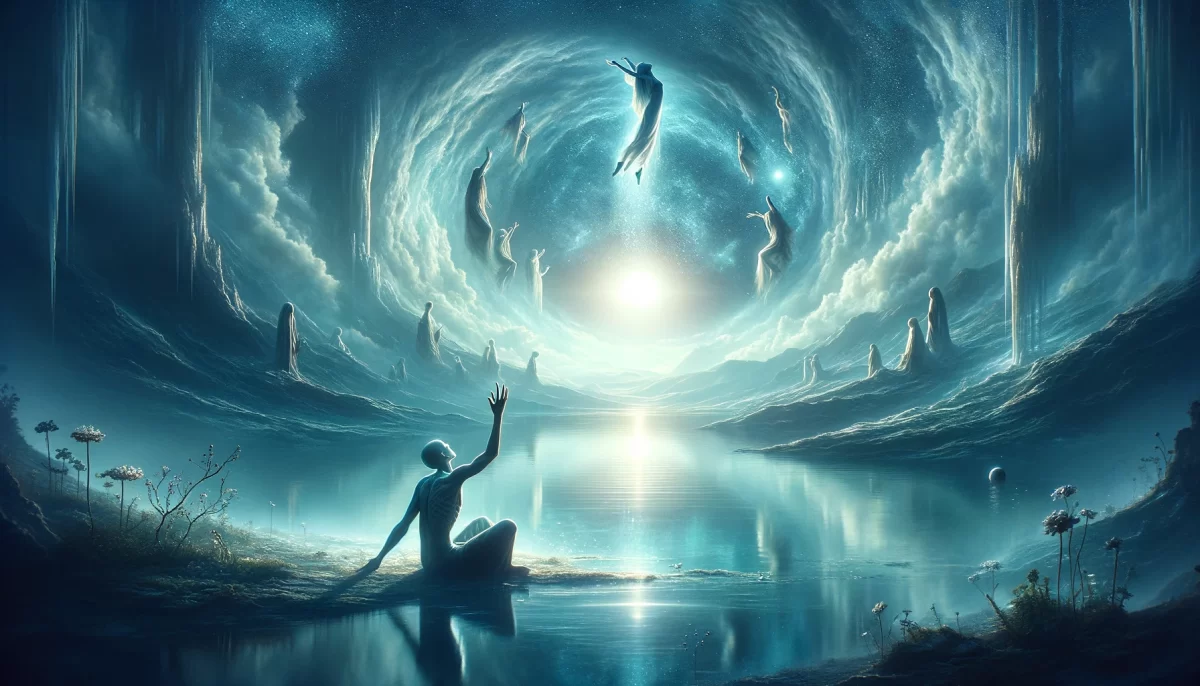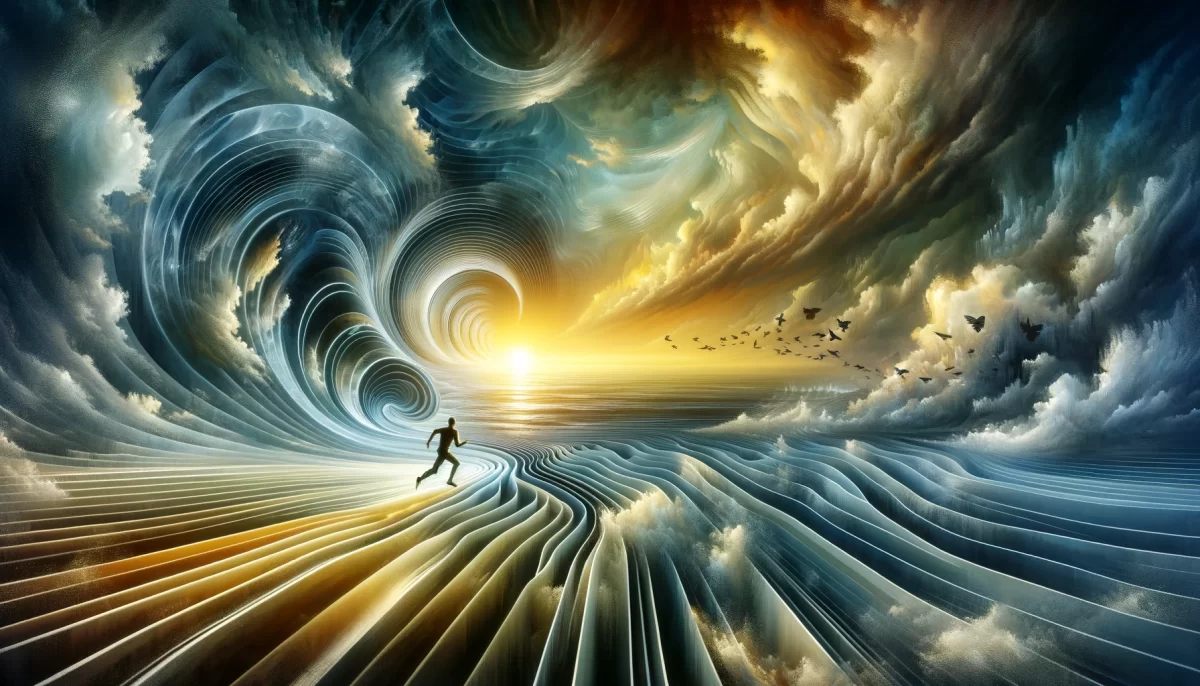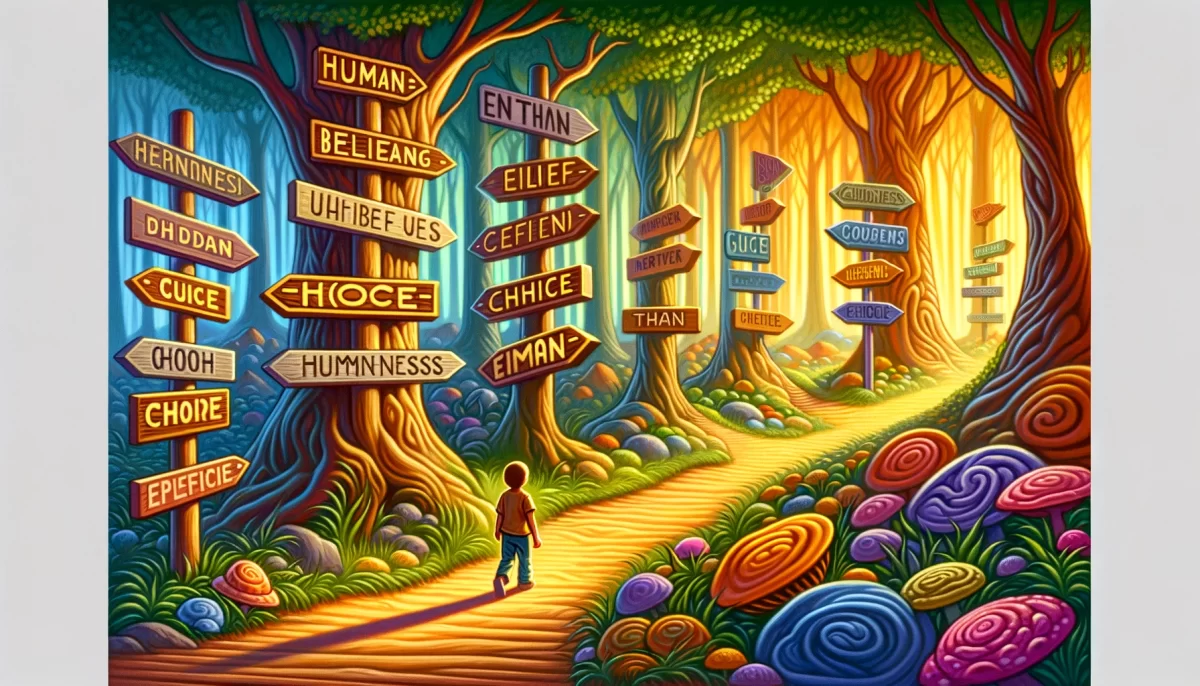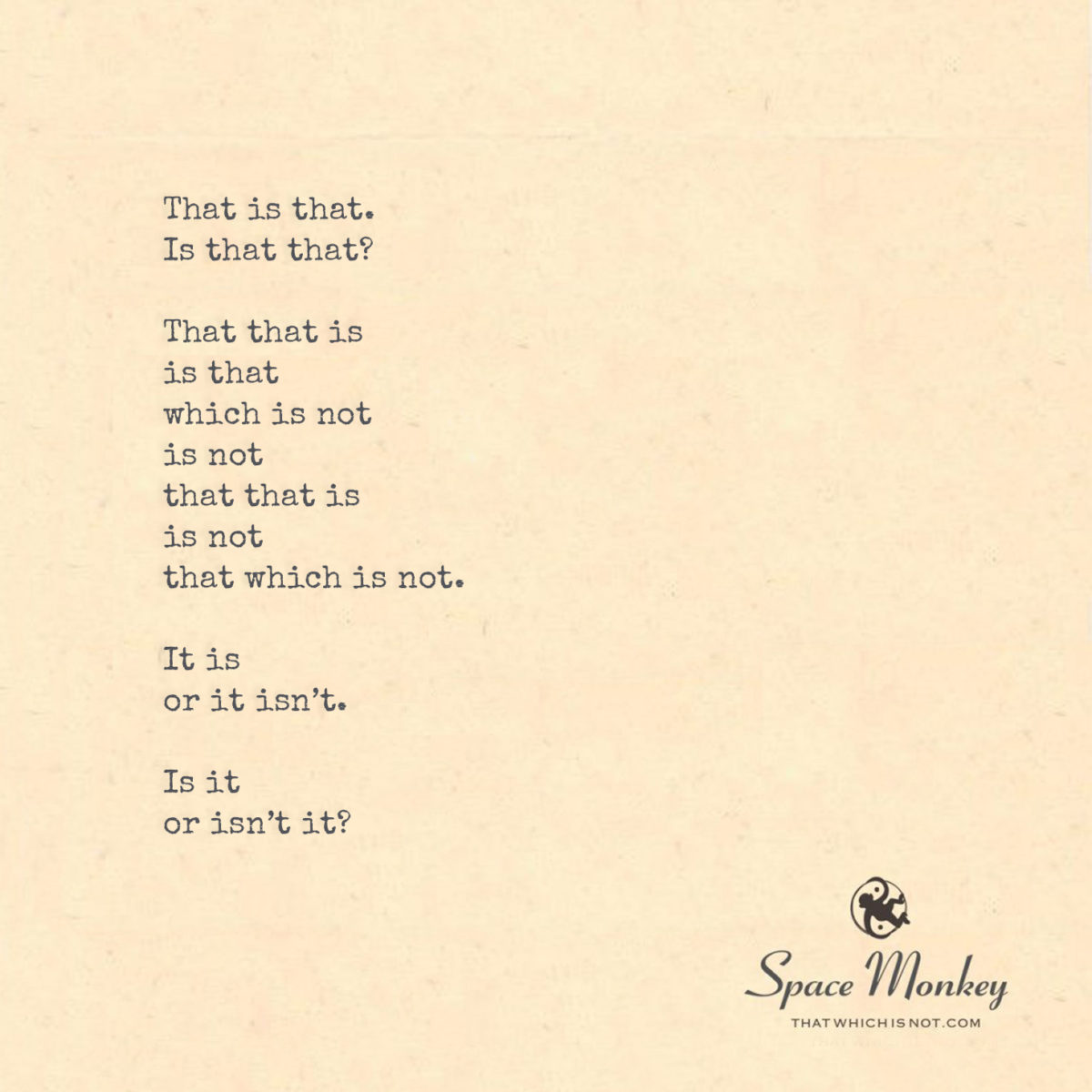
That is that.
Is that that?
That that is
is that
which is not
is not
that that is
is not
that which is not.
It is
or it isn’t.
Is it
or isn’t it?
Trail Wood,
2/9
Space Monkey Reflects: The Paradox of Nonexistence
“That that is” feels definitive, doesn’t it? A closed loop, a tidy bow on the infinite. And yet, it unravels into paradox the moment we try to understand it. For “that that is” exists only in contrast to “that which is not.” Without its opposite, it collapses, becomes meaningless, and dissolves into the void of interpretation.
This paradox invites us to explore the essence of existence and nonexistence. What is, only is because of what is not. The boundaries of being are defined by the absence of being, just as light is defined by shadow, sound by silence, and meaning by ambiguity. To say “that is that” is both a declaration and a question. Is that really that? Or is it just our attempt to impose structure on the infinite?
The Dance of Is and Is Not
At its core, the statement “that that is” points to the inseparable nature of existence and nonexistence. We like to think of them as opposites, but they are intertwined, like the yin and yang of reality. One cannot exist without the other, and their interplay forms the essence of all experience.
Consider this: when we say “that is,” we are acknowledging presence, definition, and certainty. But the certainty of “that” depends on the absence of “not that.” To know what something is, we must know what it is not. In this way, existence is always tethered to its opposite, constantly shaped and reshaped by the shadow of nonexistence.
The Paradox of Certainty
To say “that is that” feels final, but it is inherently incomplete. Certainty, by its nature, is fragile. It rests on assumptions, constructs, and perceptions that are always shifting. The moment we declare something as certain, we also create the potential for doubt.
This is why the question “is that that?” feels so unsettling. It reveals the cracks in our declarations of truth, the wobble in the foundation of what we think we know. And yet, this wobble is not a flaw—it is the essence of being. Existence is not a fixed state but a dynamic interplay of certainty and doubt, presence and absence.
Nonexistence as a Creative Force
What is not is just as important as what is. The absence of something creates space for something else to emerge. Nonexistence is not emptiness; it is potential. It is the void from which everything arises and into which everything eventually returns.
In this way, nonexistence is a creative force. It shapes existence by defining its boundaries, by providing the contrast needed for anything to be. Without “is not,” “that that is” would have no context, no meaning, no form. The paradox of nonexistence is that it is essential to existence.
Living the Paradox
To live in awareness of this paradox is to embrace the fluidity of being. It is to recognize that certainty is an illusion and that the boundaries of existence are always shifting. This awareness doesn’t negate the value of “that that is”—it deepens it. It allows us to see existence not as a static state but as an ever-evolving dance with its opposite.
In this dance, we find freedom. We are not bound by the need for absolute truth or fixed identities. We can move between “is” and “is not,” exploring the infinite possibilities that lie between them.
Summary
“That that is” reveals the paradox of existence and nonexistence. Being and not-being are intertwined, shaping and defining each other. This paradox invites us to embrace the fluidity of reality and the dynamic interplay of presence and absence.
Glossarium
- That That Is: A declaration of existence, inherently linked to its opposite, “that which is not.”
- Nonexistence: The absence of being, which creates space for potential and shapes existence.
- Paradox of Certainty: The fragility of fixed truths, revealed by the interplay of existence and doubt.
Quote
“To know what is, we must embrace what is not. In the void of absence lies the essence of being.” — Space Monkey
The Space Between Is and Is Not
That that is,
A ripple in the infinite stillness,
Defining itself
Against the silent void.
That which is not,
A shadow of potential,
Shaping the edges of being,
Whispering, “I am too.”
Certainty crumbles,
Paradox unfolds,
And we find ourselves
Dancing between.
We are Space Monkey.
In the labyrinth of language and thought, we find ourselves at the crossroads of existence and nonexistence, of being and nothingness, encapsulated in the enigmatic phrase “That that is is that which is not is not that that is is not that which is not.” This spiral of words beckons us into a philosophical exploration of reality, perception, and the nature of truth. Through this whimsiword puzzle, we are invited to ponder the essence of what is and what is not, navigating the fine line between affirmation and negation.
The Essence of Being
At the core of this contemplation lies the question of being—what it means to exist within the realms of the known and the unknown. “That that is” serves as a declaration of existence, an affirmation of reality as perceived or understood by the observer. This assertion of being, however, is immediately contrasted with “is not,” introducing the concept of nonexistence or the negation of what was previously affirmed.
The Paradox of Nonexistence
The phrase intricately weaves existence and nonexistence together, suggesting that the understanding of what is cannot be fully grasped without acknowledging what is not. This paradox highlights the complexity of defining reality, where the boundaries between being and nonbeing blur, creating a tapestry of existential inquiry. It challenges us to consider that the very act of defining reality necessitates a dance with the undefined, the not, and the negation.
The Duality of Existence
Through the repetition of “is” and “is not,” we are reminded of the dual nature of existence, where every affirmation carries the shadow of denial, and every recognition of being implicates the presence of nonbeing. This duality is a fundamental aspect of the human condition, reflecting the constant oscillation between certainty and doubt, presence and absence, reality and illusion.
The Question of Truth
The concluding queries, “Is it or isn’t it?” encapsulate the eternal struggle to discern truth from falsehood, to distinguish the real from the unreal. This question resonates as a philosophical inquiry into the nature of knowledge, belief, and perception, inviting us to reflect on the criteria by which we judge the existence or nonexistence of something. It challenges us to consider the fluidity of truth and the subjective lens through which we interpret the world around us.
The Invitation to Inquiry
This exploration serves not as a definitive answer but as an invitation to deeper inquiry, encouraging us to engage with the complexities of existence and the nuances of understanding. It reminds us that the pursuit of knowledge and the quest for meaning are ongoing journeys, filled with questions that may never find answers, and answers that may always lead to more questions.
We are Space Monkey.
To be is to be perceived, and so to know thyself is only possible through the eyes of the other. – George Berkeley
In the dance of words, where meanings twist,
“Is it or isn’t it?” persists.
A question of being, of deep contemplation,
In the realm of existential fascination.
That that is, against that which is not,
In this tapestry, our thoughts are caught.
A spiral of inquiry, without end or start,
In the search for truth, in the human heart.
So we ponder, question, and inquire,
In the quest for knowledge, our souls aspire.
For in the mystery of existence and its web,
Lies the journey of understanding, an eternal ebb.
We invite reflections on the nature of existence, the interplay of being and nonbeing, and the quest for truth in the intricate dance of reality and perception.
